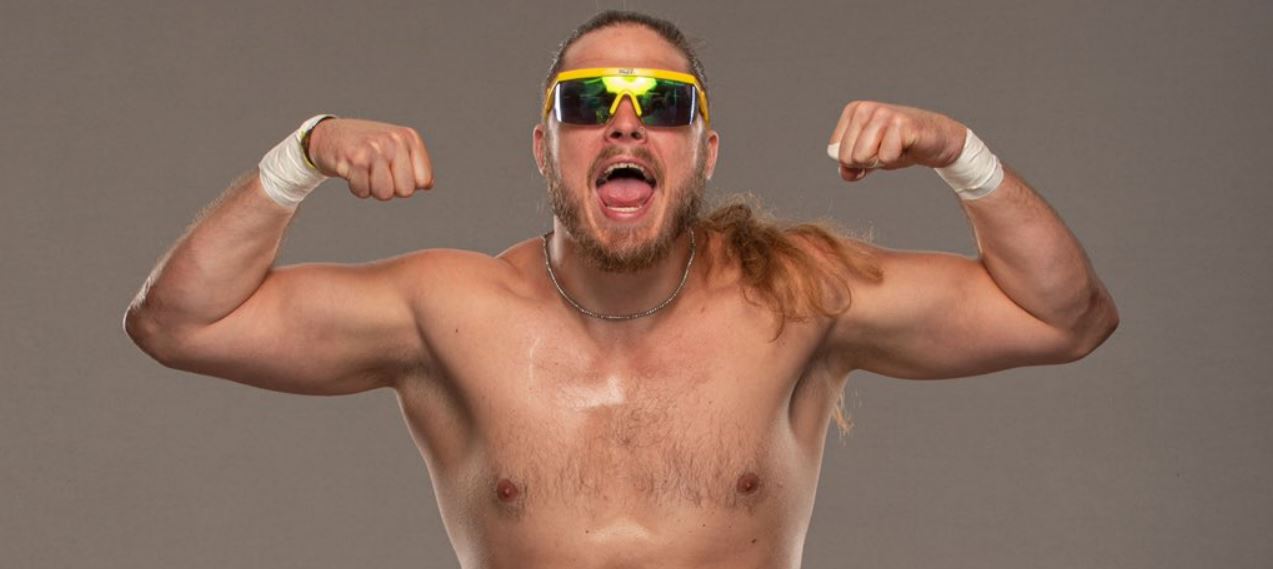CATCH WRESTLING: Original No Holds Barred Fighting
by: John Potenza
In the days before television, video games, computers, and many outside distractions, miners, iron workers, and local tough guys would wrestle as recreation after a hard day's work. Often, these men would wrestle for fun or small side bets.
Catch-as-Catch-Can (or catch wrestling), although its true origins have been lost in history, is deeply rooted in Lancashire, England and is considered the ancestor of modern professional wrestling and mixed martial arts competitions.
In old Lancashire English, catch-as-catch-can is translated to "catch me if you can."
The British Navy exposed the young men of their day to many forms of grappling from around the world. They brought these techniques back to England and added them to the already dangerous arsenal of catch wrestling submissions.
As part of local carnivals in the late 1800's and early to mid 1900's, catch wrestler's would take on all challengers as part of the "athletic show" where locals could stand a chance to win cash if they could pin or submit the carnivals wrestler.
The catch wrestler had to prepare for the worst case scenario with the unknown opponent stepping into the ring on a regular basis. so the need for quick and aggressive submissions were a necessity. Submission wins were preferred so there would be no chance for a challenger to argue if the match was stopped prematurely. Often a challenger would argue with a referee over whether or not he was pinned, but a submission was always clear and decisive.
Conditioning was also a major weapon for a catch wrestler, who would sometimes have to wrestle for several hours before winning a match.
The rules of the early matches were determined by the players themselves and would usually change from city to city (just like MMA matches do from various promoters), and negotiations could take forever. Usually there were no time limits at all, with the winner having the best of 3 falls. Holds and locks could be taken anywhere on the body and brutal throws were completely legal in the Lancashire style of catch wrestling.
There are no points for position in catch wrestling as the only ways to win a match are to pin or submit your opponent using one of the many fast and aggressive hooks (or submissions). Tapping out, yelling "enough," or rolling to one's back were considered signs of defeat. Generally, chokes were not permitted unless the match was agreed upon as being an "all in" contest or "no holds barred."
The term "no holds barred" was originally used to describe the wrestling method prevalent in catch wrestling tournaments in the late 19th century wherein no wrestling holds were banned from the competition, regardless of how dangerous they might be.
In the late 19th century, catch wrestling made its way to North America and spread like wild fire. The North Americans already had a brutal rough and tumble style of fighting, often referred to as "brawling" or "gouging", where grappling, strangling, limb twisting, head butting, punching, kicking, biting, and even eye gouging were legal.
Somehow, as touring catch wrestler's passed through and competed against the American brawlers, the two styles merged and gave birth to the more aggressive "North American Catch-As-Catch-Can Wrestling," one of the most lethal fighting arts the world has ever known.
Catch Wrestling Vs. Brazilian Jujitsu:
There are many differences between catch and BJJ; catch wrestling is known for being a brutal and aggressive style based on physics, leverage, control, and athleticism, while BJJ translates is the more genteel art.
The BJJ practitioner is generally very methodical, working for the perfect position then going for the submission, whereas the catch wrestler usually moves at a very fast and aggressive pace and is focused on controlling his opponent, making react to certain movements and ultimately ending the match with a quick submission.
The chance of being pinned is one of the biggest differences between catch and BJJ. The guard is pretty much obsolete in catch because if the bottom guy's shoulders go flat, the match is over.
Coming from a style where there are no points for positions and where a pin could end the match, the catch wrestler prefers (but is not limited to) top control. Catch wrestling also has a wide variety of positions, leg locks, neck cranks, and throws not usually found in BJJ.
Most people aren't aware that BJJ was influenced by catch wrestling. A man by the name of Mitsuyo Maeda taught Carlos Gracie (older brother of Helio Gracie) to fight, which gave birth to the legendary Gracie Jiu-Jitsu. What most do not know is that Maeda perfected his system competing in Catch-As-Catch-Can tournaments (as "Count Koma") at the turn of the 20th Century.
Another grappler, Masahiko Kimura learned legitimate Catch-As-Catch-Can while working as a Professional Wrestler for Rikidozan in the early 1950s. Later, Kimura would go on to beat Helio Gracie with the bread and butter hold of catch wrestling: the double wrist lock (AKA the Kimura)
ABOUT THE AUTHOR: John Potenza is the owner and head instructor of Modern Martial Arts Fight Club in NJ, Certified Catch Wrestler under Billy Robinson and Jake Shannon, Coach Level 3 in CSW under Erik Paulson. For more info go to
WWW.ModernMA.com















